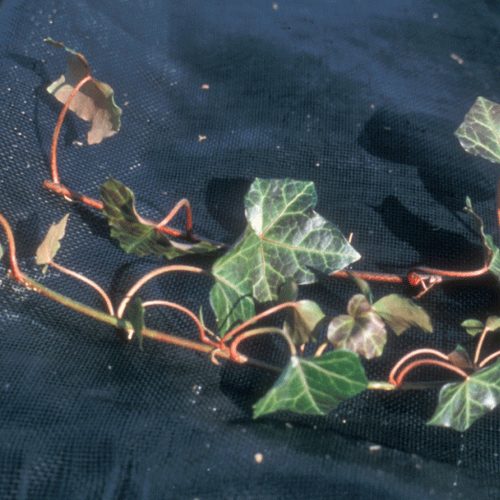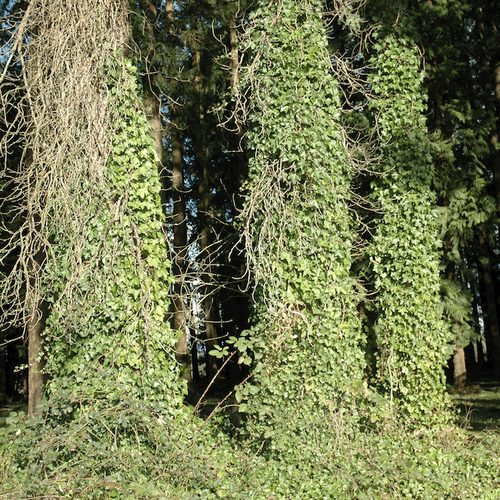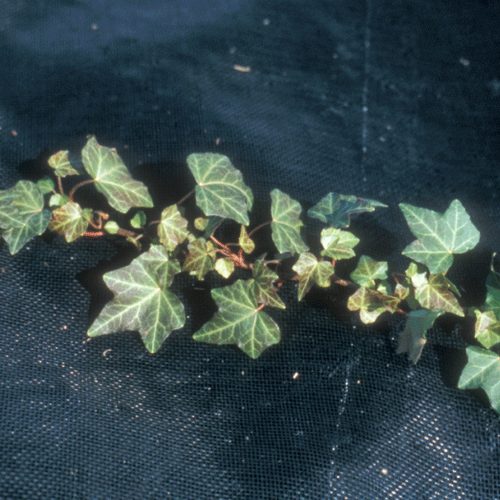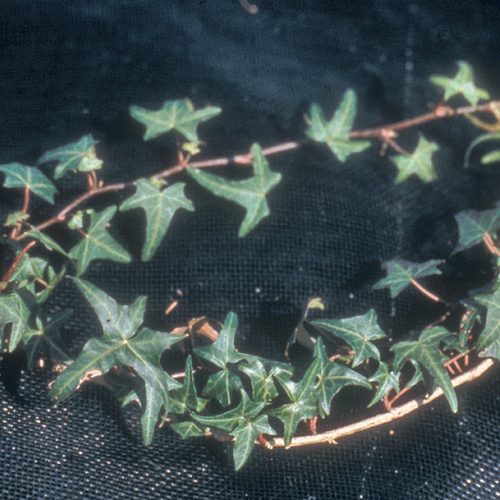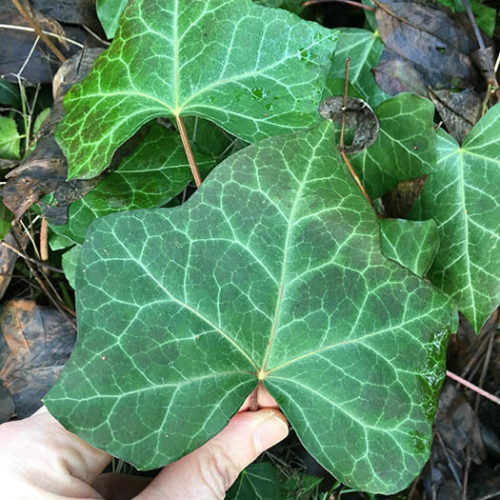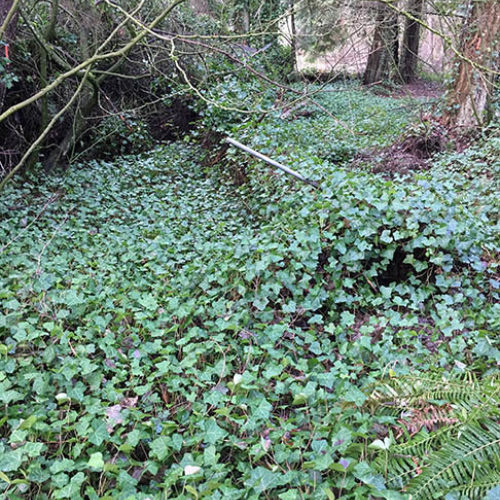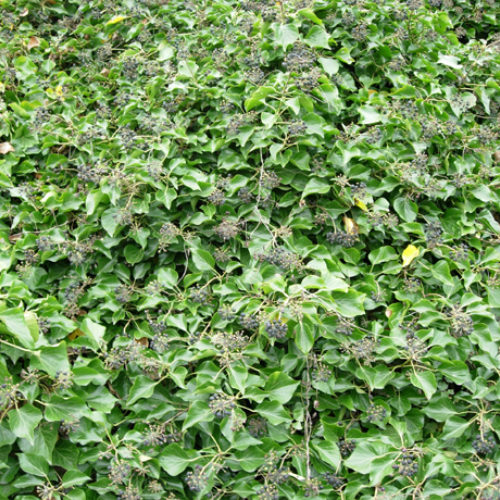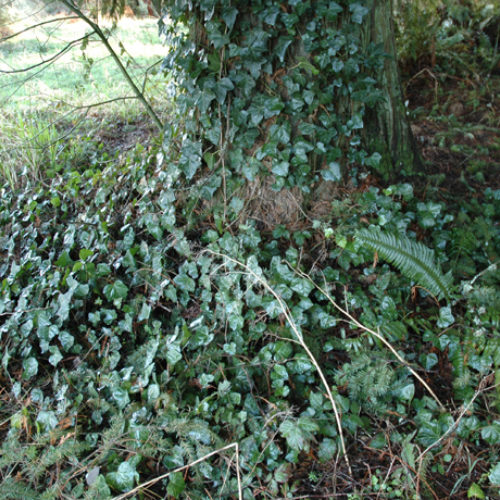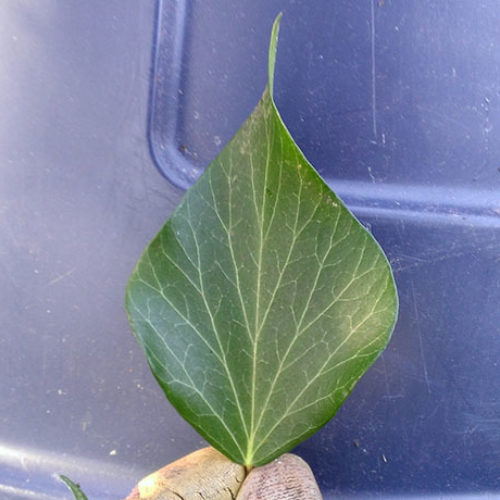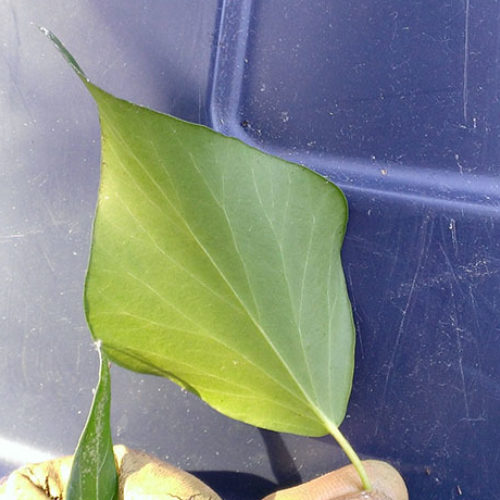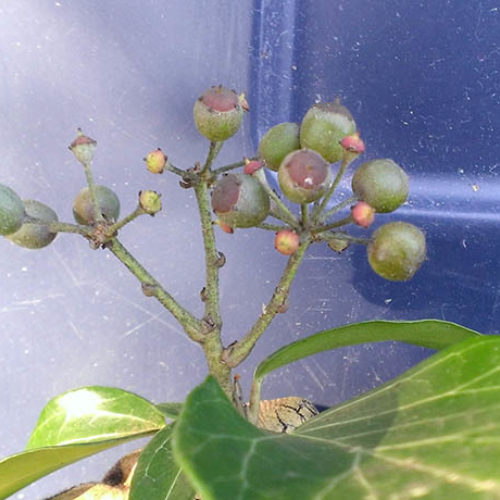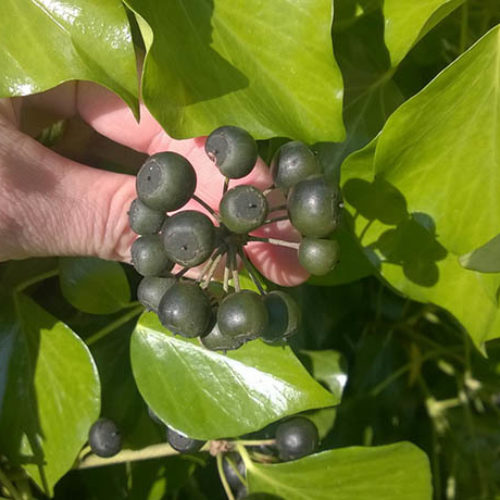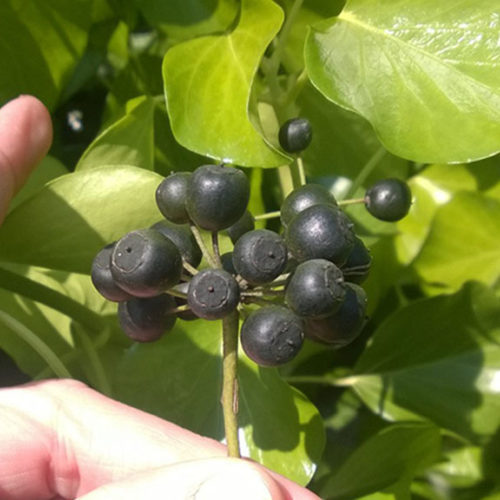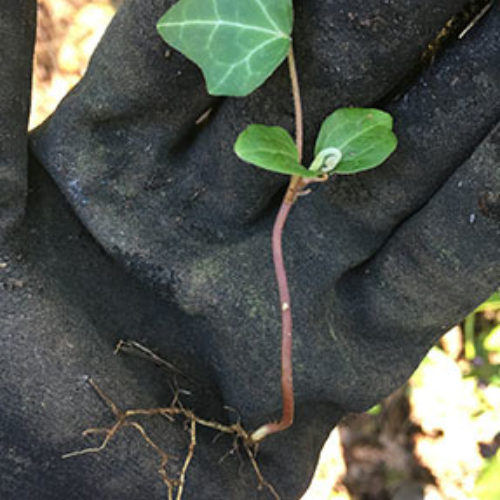English Ivy
Hedera helix 'Baltica', 'Pittsburgh', and 'Star'; Hedera hibernica 'Hibernica'
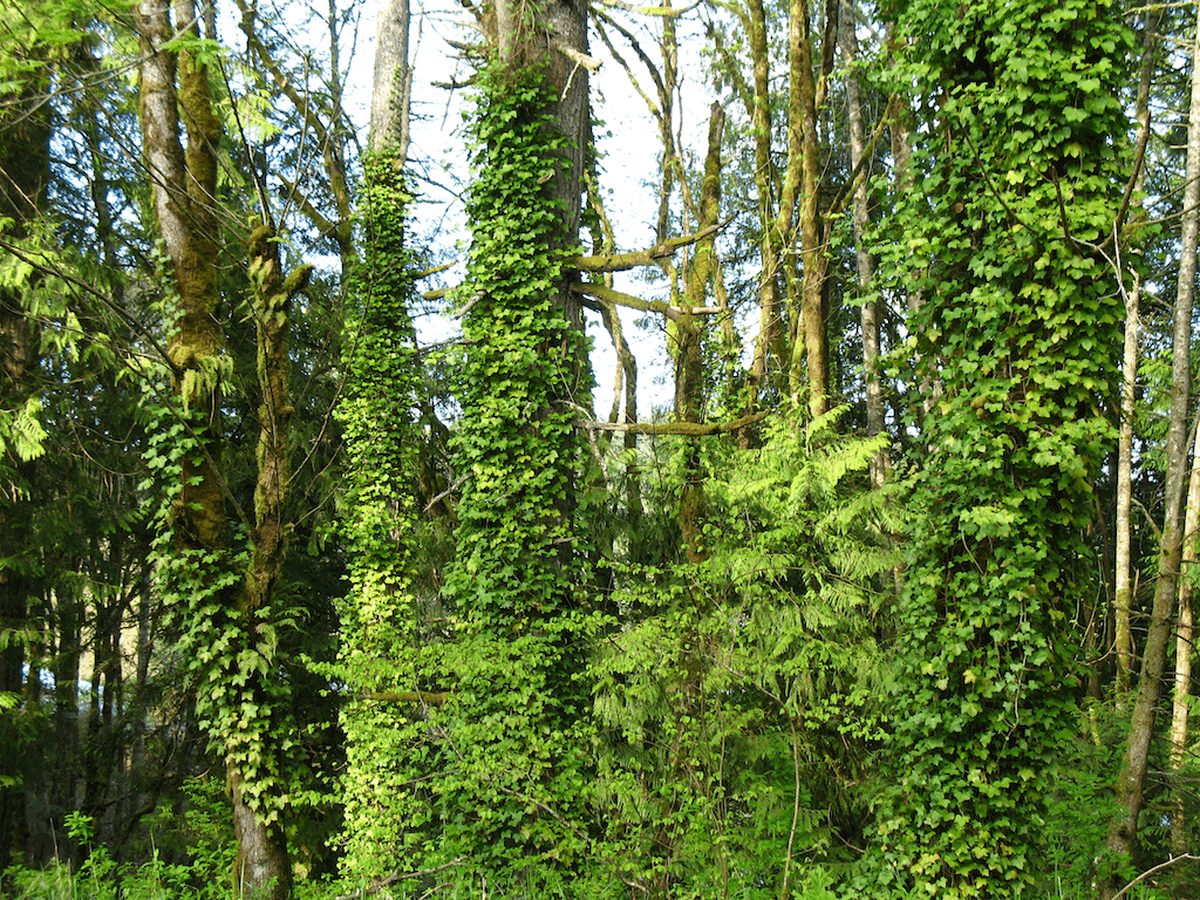
Family: Araliaceae
Other Common Names: English ivy, Atlantic ivy
Weed class: C
Year Listed: 2002
Native to: horticultural cultivars. Hedera helix - parts of Europe, Asia and North Africa; Hedera hibernica - parts of western Europe.
Is this Weed Toxic?:
humans and cattle
Legal listings:
This plant is also on the Washington State quarantine list. It is prohibited to transport, buy, sell, offer for sale, or distribute plants or plant parts of quarantined species into or within the state of Washington or to sell, offer for sale, or distribute seed packets of seed, flower seed blends, or wildflower mixes of quarantined species into or within the state of Washington. Please see WAC 16-752 for more information on the quarantine list. For questions about the quarantine list, contact the Washington State Department of Agriculture's Plant Services Program at (360) 902-1874 or email PlantServices@agr.wa.gov.
Why Is It a Noxious Weed?
Ivy can outcompete native plants, reducing animal foraging habitat. It inhibits regeneration of understory plants and kills understory and overstory trees by shading them out. Ivy may cause storm damage trees by the added weight in the canopy that also may act as a sail. The sap of the stems can cause skin irritations and rashes to sensitive individuals. Consuming large amounts of leaves and fruits can be toxic to people and cattle.
How would I identify it?
General Description
English ivy is an evergreen, perennial vine. It can grow as a vine (juvenile form) or a more erect, shrubby stemmed form (adult form). Vines can grow up to 99 feet. In its juvenile form, the plant produces adventitious roots that allow vines to anchor to vertical surfaces.
Flower Description
English ivy matures to produce adult stems and flowers when it begins to grow vertically. The small (0.2 to 0.3 inch), bisexual, greenish-white flowers occur in umbrella-like clusters in the fall. The juvenile stage, time before it flowers, may be for 10 years or longer.
Leaf description
Leaves are alternate each other on the stems and leathery, with long petioles and have two forms: adult and juvenile leaves. Juvenile leaves are deeply 3 to 5 lobed and 1.6 to 4 inches long and wide. Adult leaves occur on flowering stems and are primarily un-lobed leaves and egg-shaped to diamond shaped. Only young leaves are hairy.
Stem description
Stems are climbing vines, shrub-like or groundcovers. Young stems have hairs while older stems are hairless. Stems growing along the ground can develop (adventitious) roots and climbing stems produce root-like structures that can secure it to buildings, trees or anything it is climbing up.
Fruit Seed Description
The dark colored fruits (dark blue to black, berry-like drupes) mature in the spring. Each fruit is around 0.16 to 0.31 inch (4 to 8 mm) wide and contains 4 to 5 seeds.
May Be Confused With
This listing includes only the known invasive English ivy species and cultivars Hedera helix Baltica, Pittsburgh, and Star; H. hibernica Hibernica.
Where does it grow?
Ivy grows in a variety of landscaped areas, escaping to disturbed forests at a range of elevations. It can grow in a variety of soil types and light conditions. Habitats include woodlands, forest edges, riparian areas, fields, hedgerows, coastal areas, and disturbed habitats. Please click here to see a county level distribution map of the four listed cultivars of English ivy in Washington.
How Does it Reproduce?
During its juvenile stage, ivy spreads rapidly by vegetative stem growth while mature plants can also spread by seed. Stem and root fragments can resprout. On average, 70% of ivy seeds are viable and plants can produce thousands of fruits per year.
How Do I Control It?
Make sure to wear gloves and protective clothing when pulling ivy to protect individuals with sensitive skin from ivy's irritating sap.
Mechanical Control
Plants can successfully be pulled by hand or dug out. Plants are easier to pull out of the ground when the soil is moist from rain. In western Washington, fall through the spring, before dormant plants begin to grow, is a great time to pull ivy. Be careful when pulling ivy in the spring and summer to not damage native and other desirable plants in the area. In the case of plants climbing on trees, vines can be cut at around waist to chest height, pulling away the lower part of the stems away from the base of the tree, to kill the upper portions of the vine. It will take some time but the leaves on the cut stems still in the trees will slowly die and fall off.
For vines that are pulled from the ground, make sure to either dispose of away from the site or allow vines to dry out on site, but not re-root. Pile up pulled ivy on a tarp, on logs off the ground, or other hard surfaces to prevent re-establishment. Once vines dry out they will not be able to re-establish. Ivy stems or roots left in the soil may resprout so make sure to monitor the area and control resprouts. After ivy is pulled, ivy seedlings may also readily germinate so make sure to control seedlings to also prevent re-establishment. Areas should be monitor for a number of years with follow up control where needed.
Where suitable, areas that have had ivy pulled can be sheet mulched with layers of cardboard and wood chips to prevent respouts and seed germination. If you source wood chips from a local arborist, make to specify clean wood chips that do not contain any noxious weeds - especially ivy.
Cultural Control
Burning plants repeatedly with a blow torch can eventually deplete the plant's energy.
Herbicide Control
Please refer to the PNW Weed Management Handbook, or contact your county noxious weed coordinator.
For More Information
See our Written Findings for more information about listed ivy species and cultivars (Hedera helix Baltica, Pittsburgh, and Star; H. hibernica Hibernica).
Information on ivy from the book Weed Control in Natural Areas in the Western United States
Cowlitz County NWCB Fact Sheet on English ivy
Jefferson County NWCB Fact Sheet on English ivy
King County NWCB Fact Sheet on English ivy
San Juan County NWCB Brochure on English ivy
Control Options for English ivy from Whatcom County NWCB
Control Options for English ivy from King County NWCB
Alternatives to Ivy from King County NWCB




